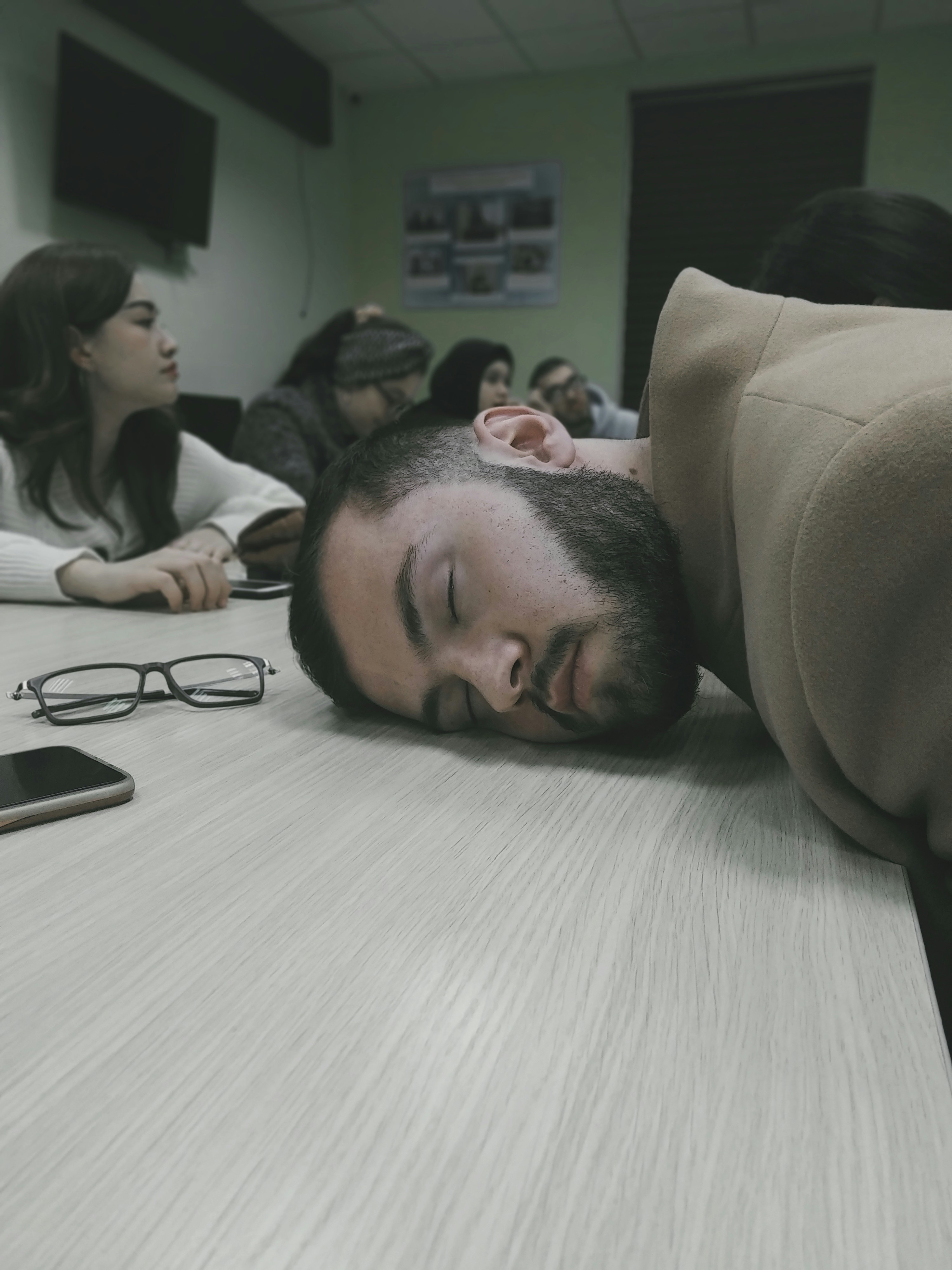· Fitness · 5 min read
The One Thing Nobody Tells You About Getting Fit
Fitness decisions don't just happen at the gym. Learn the hidden skill that separates people who achieve their goals from those who stay stuck—and how to master it.

“Hey, do you wanna go out after work?”
It’s the kind of question you barely think about. But this split-second decision, repeated hundreds of times, is the real difference between the body you have and the body you want.
You’ll run through a quick mental checklist. Some questions out loud. Others stay in your head.
“Where do you wanna go?” - External
“Do I have something else better to do?” - Internal
You just made a fitness decision. You probably didn’t realize it.
Going out means eating at a restaurant instead of cooking at home. It means drinks at the bar instead of an hour moving weights. It means staying up later, recovering slower, and showing up tomorrow a little less sharp.
But it didn’t feel like a fitness decision, did it? It felt like a social decision.
This is the problem. We think fitness decisions happen at the gym or in the kitchen. But really, they happen in these small moments throughout the day—moments that feel unrelated to fitness but quietly steer us away from our goals.
The Hidden Cost-Benefit Analysis
Whether we realize it or not, we’re always doing a cost-benefit analysis on our actions. The question is: are you doing it well, or are you only seeing half the picture?
Most people are stuck at Level 1, where they can only see the immediate benefits. This is why nearly half of Americans carry credit card debt from month to month (according to the Federal Reserve’s Report on the Economic Well-Being of U.S. Households in 2024, published May 2025, 46 percent of adult credit cardholders carried a balance at least once in the previous year).
They’re only looking at one side of the equation.
Referring to the example above:
Go out = fun, stay home = boring. Decision made.
But what about the costs? What about tomorrow? What about the gap between where you are and where you want to be?
Here’s how you level up your cost-benefit analysis skill: start considering the costs of your actions, not just the benefits.
You don’t need to become a mathematician about it. A simple model will serve you well: immediate pleasure often equals long-term dissatisfaction, and the opposite is true too.
- Eat a donut today, feel sick later.
- Do a strenuous workout now, feel great later.
- Go out tonight, miss the workout that compounds into the body you want.
These decisions feel separate. They’re not.
The Long Feedback Loop Problem
Here’s the insidious part: fitness operates on a long feedback loop. You won’t see results from one workout. You won’t see results from one week of good eating. The rewards come months down the line.
But “going out with friends” has an immediate feedback loop. You feel good tonight. Right now.
So we keep choosing the immediate pleasure, and we never give the long-term reward a chance to kick in. We’re interrupting the compound effect before it can pay off.
The Missing Ingredient: Acceptance
So now that you know how to level up your cost-benefit analysis skill, will you actually do it?
Only if you apply the missing ingredient: acceptance.
Practicing acceptance is like strengthening a mental filter. The more you practice facing hard truths, the better you get at it. And yes, you can strengthen your brain as if it were a muscle. If this is news to you, look up the concept of neuroplasticity.
My point is that you will need to accept many tough truths about fitness. I can only say this having been through the tough battle of accepting them myself.
You’ll need to accept that you let yourself get this way. That there’s no shortcut out. That you’ll feel “bad” in many ways: angry, tired, sad, frustrated.
Having acceptance does two things:
1. In the face of these problems, it lets you come up with better solutions, such as reframing. (More on reframing in a future post.)
2. It protects you against the capitalistic world we live in.
Being a business owner who’s studied marketing extensively, I’m guilty of this too. So let me pull back the curtain on how this works.
The point is, in the marketing world it’s common to teach owners to come up with a good “offer.” The simple formula for that offer is something like: “I help people get X without Y,” where X is something good, and Y is something painful.
Here are three examples you see everywhere:
- Example 1 (Non-fitness): “Learn to speak Spanish fluently without boring textbooks or grammar drills.”
- Example 2 (Workout): “Build muscle and get shredded without spending hours in the gym.”
- Example 3 (Dieting): “Lose 20 pounds without giving up your favorite foods or feeling hungry.”
These claims will usually be misleading. I can defend them if they’re following the principle of “giving someone what they want so you can give them what they need,” but usually they just leave you high and dry with no progress to show for it.
But once you practice acceptance, you’ve already faced the reality. It’s gonna suck. So when someone offers “it’s not gonna suck” as part of their pitch, you don’t care, because you’ve already come to terms with it.
Strong Characters Aren’t Born, They’re Forged
Anyway, hope that makes my point clear. Accept that it’s gonna be hard. Life is hard.
Think about it this way: strong characters in stories aren’t born strong. They’re forged through challenges. If you want to be strong, and you’re on a tough journey, simply accept that’s the price you’ll have to pay.
And how rewarding it will be, because the majority of people are not willing to pay that price. You already are. That’s what makes you different.
Ready to Take the Next Step?
If you’re ready to stop making fitness decisions on autopilot and start building the body you want, we’re here to help. At Real-Time Strength, we help people develop the mental frameworks and physical strategies to make sustainable progress.
Contact us to schedule a free consultation and see how we can help you achieve your goals. We can’t wait to speak with you!


